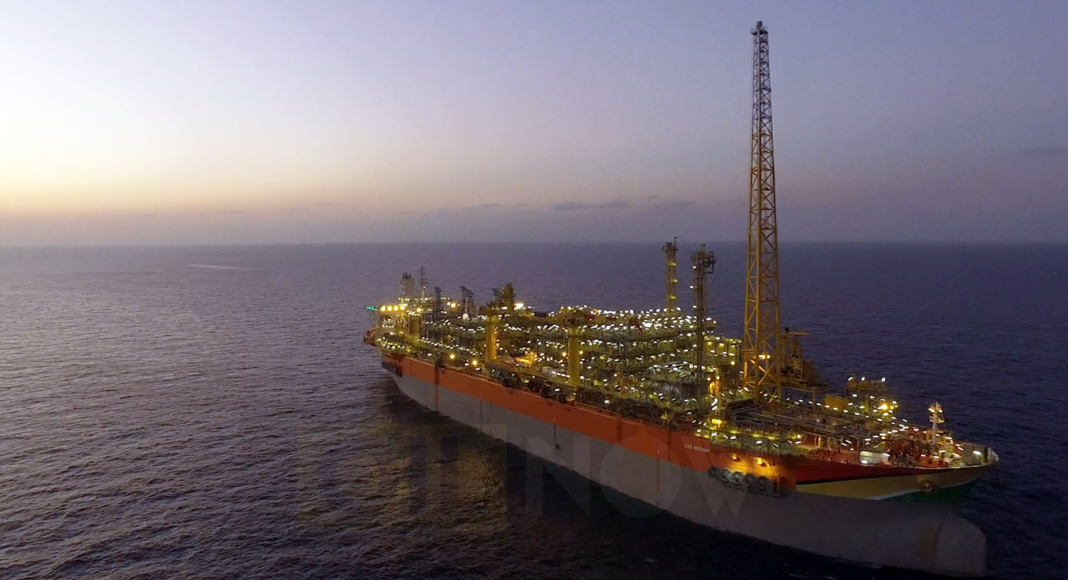In an effort to ensure production within the Stabroek Block is efficiently managed at all times, ExxonMobil Guyana plans to implement a secure, high-speed fibre-optic/wireless transport service. The project will ultimately connect the oil major’s onshore and offshore facilities to Guyana’s foundation infrastructure, thereby allowing it to improve productivity (field access data and planning), support remote operations, and support reliability (process monitoring and inspection).
In its project summary to the Environmental Protection Agency (EPA), ExxonMobil said it proposes to begin the project starting in Q4 2020. Once the necessary approvals have been granted, the company said it will begin onshore civil work for the Cable Landing Stations (CLS) which are proposed to be erected close to the Pegasus Hotel and at Ogle’s Shell Station. ExxonMobil noted that CLSs are buildings that house the hardware and infrastructure required to operate transmission equipment, including back-up power generator, racks for electronic equipment, reserve equipment, and material, monitoring equipment, line terminating equipment, and climate control. The construction work for the CLSs is expected to conclude at the end of Q3 2021, followed by a connection to the Liza Phase 2 offshore development in 2022 and a planned connection to the Payara offshore development in 2023, pending required approvals.
It was further noted that the majority of the workers needed for completing the marine installation of the cable will be foreign technical specialists employed by the installation contractor.
With respect to the installation of the terrestrial portion, the company committed to ensuring this will largely involve Guyanese workers and companies. Installation is scheduled to be completed over a short period of time which is expected to be approximately three months.
Prior to the end of the anticipated life of the project which is estimated at approximately 35 years, ExxonMobil said it will initiate detailed planning for decommissioning in compliance with the contracts and licenses governing the project and the applicable laws and regulations, while also considering the technology available at that time.
Documents lodged with the EPA state that the cable is anticipated to be abandoned in place on the seafloor in accordance with standard industry practice as it is least disruptive to the seabed and the growth attached to the cable.




